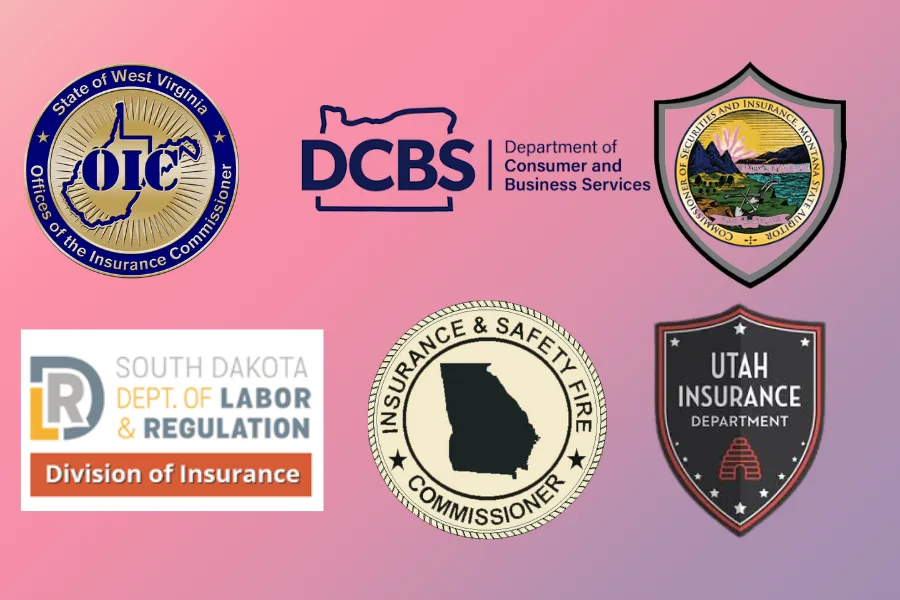ZestyAI Expands Regulatory Footprint for Its Severe Convective Storm Suite Across Six States
As SCS losses surpass $40B for the third year in a row, regulators in West Virginia, Georgia, South Dakota, Montana, Oregon, and Utah review and accept AI-driven, property-level storm risk models.


ZestyAI today announced that the Departments of Insurance in West Virginia, Georgia, South Dakota, Montana, Oregon, and Utah have reviewed and accepted its Severe Convective Storm (SCS) risk models, including Z-HAIL™, Z-WIND™, and Z-STORM™, for use in carrier rate and rule filings.
With these additions, ZestyAI’s SCS Suite is now ready for use in 29 states, supporting rating, underwriting, and reinsurance decisions across the most storm-exposed regions in the country.
Meeting the Growing Need for Transparent Storm Risk Assessment
As severe convective storm losses exceed $40 billion for the third consecutive year, regulators and carriers are accelerating the shift toward transparent, property-level models that clearly show what drives hail and wind losses.
ZestyAI’s SCS Suite is trained and validated on verified carrier claims data and delivers clear explanations of the factors behind each property’s risk score. By analyzing how local climatology interacts with individual property characteristics, the platform predicts the likelihood and severity of hail and wind claims with far greater precision than traditional territory or ZIP code–based methods.
Property-Level Storm Risk Models
- Z-HAIL: Quantifies hail risk using property-level drivers—roof geometry, accumulated damage, and local climatology—to pinpoint the buildings at greatest likelihood of hail damage, even within the same area.
- Z-WIND: Analyzes wind risk using AI-driven 3D analysis of roof condition, complexity, and potential failure points —together with localized wind climatology—to determine which buildings are most susceptible to wind damage.
- Z-STORM: Predicts the frequency and severity of storm damage claims, including hail and wind, examining the interaction between climatology and the unique characteristics of every structure and roof.
Bryan Rehor, Director of Regulatory Affairs at ZestyAI, said:
“Carriers and regulators are aligned around the need for transparent, property-specific evaluation of hail and wind vulnerability. “These filings reinforce the shift toward models that clearly explain the drivers of storm loss and support compliant, defensible decisions.”
New Capability: Mitigation-Aware Scoring
ZestyAI recently introduced Mitigation-Aware Scoring, allowing insurers to update model inputs and risk scores in real time based on verified changes to property attributes, such as:
- upgrading or replacing roof materials
- remediating visible roof or property condition issues
- correcting inaccurate data (e.g., misclassified roof type)
- modeling the impact of planned upgrades
Mitigation-Aware Scoring extends capabilities already widely used in Z-FIRE™ and ensures a consistent, carrier-controlled approach to reflecting verified improvements across perils. The functionality strengthens rating accuracy, supports fairer underwriting decisions, and aligns with evolving regulatory expectations around transparency and mitigation recognition.









